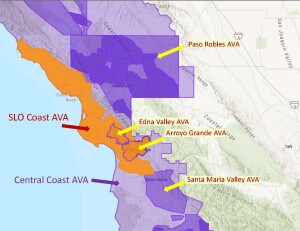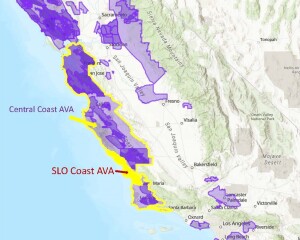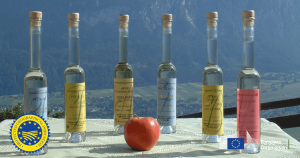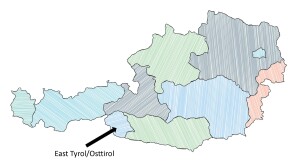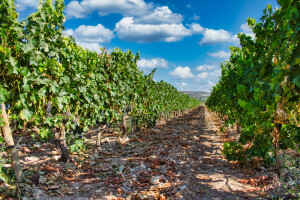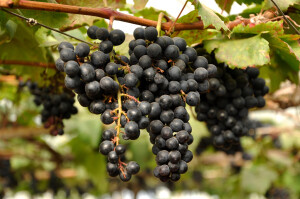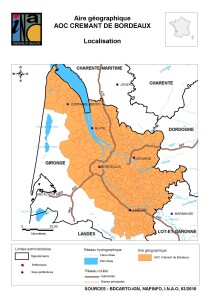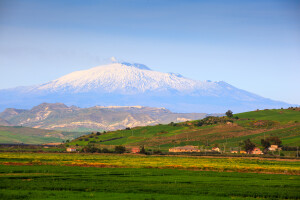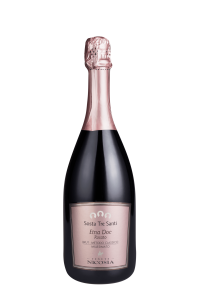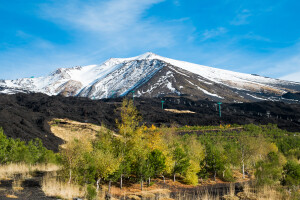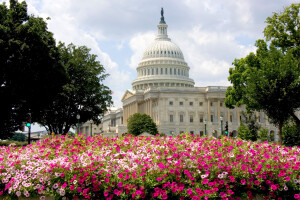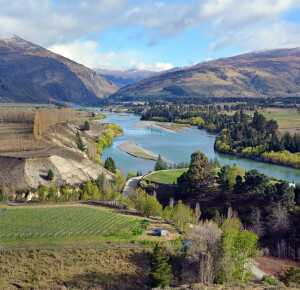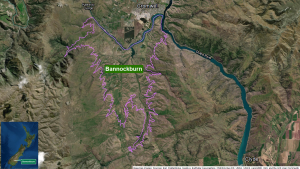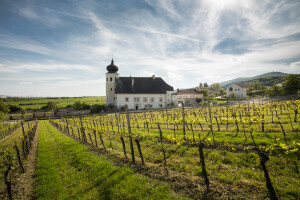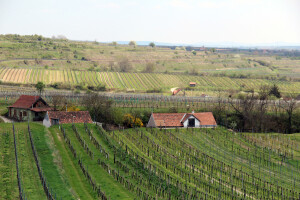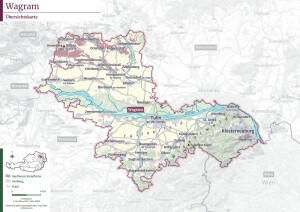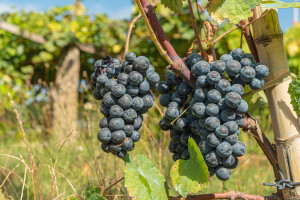 On March 8 (2022), the Ministry of Agriculture, Fisheries and Food of Spain announced that for the first time in recent history, the Tempranillo grape variety has risen to the top of the viticultural heap and is now the most widely planted grape variety in the country.
On March 8 (2022), the Ministry of Agriculture, Fisheries and Food of Spain announced that for the first time in recent history, the Tempranillo grape variety has risen to the top of the viticultural heap and is now the most widely planted grape variety in the country.
Tempranillo has taken over the number one spot previously held by the white grape Airén, which has seen significant declines in overall plantings. Tempranillo is currently planted to 202,198 hectares/499,624 acres, while Airén now occupies 200,084 hectares/494,418 acres.
Despite its decline in both plantings and the rankings, Airén is still the second most widely planted grape in the country and by far the leading white grape variety. Together, Tempranillo and Airén comprise over 41% of the country’s producing vineyard lands, reported at 945,578 hectares (just over 2.34 million acres).
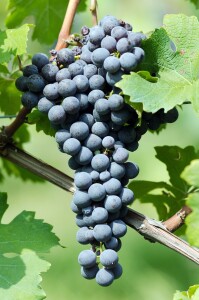 After Tempranillo, the leading red grapes of Spain are currently reported as follows: Garnacha Tinta (Grenache) at 59,122 hectares/146,093 acres, Bobal at 55,291 hectares/136,627 acres, and Garnacha Tintorera (Alicante Bouschet) at 38,233 hectares/94,475 acres.
After Tempranillo, the leading red grapes of Spain are currently reported as follows: Garnacha Tinta (Grenache) at 59,122 hectares/146,093 acres, Bobal at 55,291 hectares/136,627 acres, and Garnacha Tintorera (Alicante Bouschet) at 38,233 hectares/94,475 acres.
In addition to Airén, the leading white grape varieties include Macabeo at 56,002 hectares/138,384 acres, Verdejo at 25,586 hectares/63,224 acres, and Albillo (Pardina) at 23,205 hectares/57,341 acres.
The overall balance of grapes planted in Spain—in terms of white and red varieties—remained the same as previously reported, with 52% of the vineyards planted to red grapes and 42% planted to white grapes.
As for specific grapes, Tempranillo, Garnacha Tintorera (Alicante Bouschet), Verdejo, and Syrah have increased their plantings significantly over the past decade, while Airén, Bobal, and Monastrell (Mourvèdre) have been in decline.
For more information, see the website of the Gobierno de España—Ministerio de Agricultura, Pesca y Alimentación (Ministry of Agriculture, Fisheries and Food of Spain).
Post authored by Jane A. Nickles…your blog administrator: jnickles@societyofwineeducators.org
